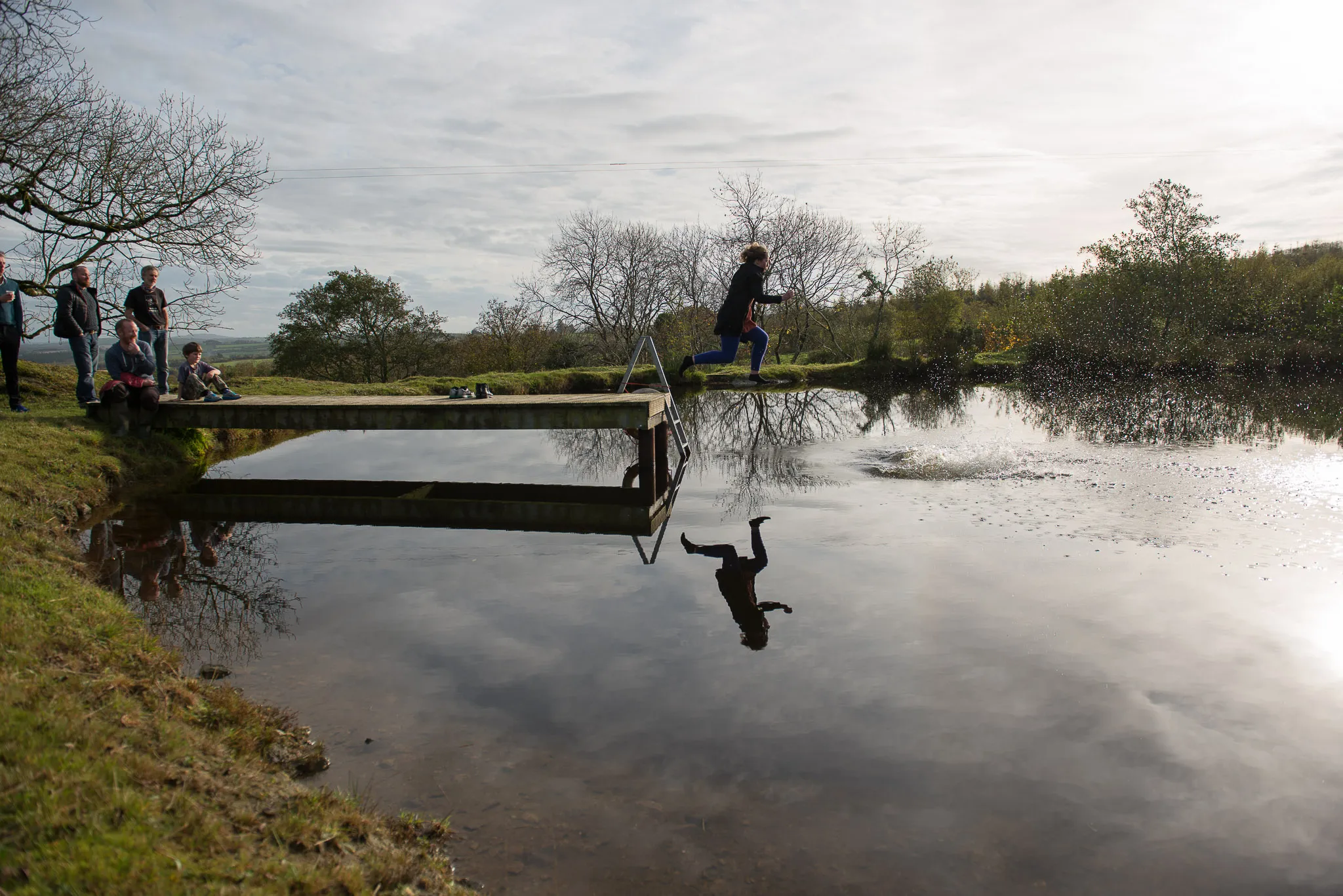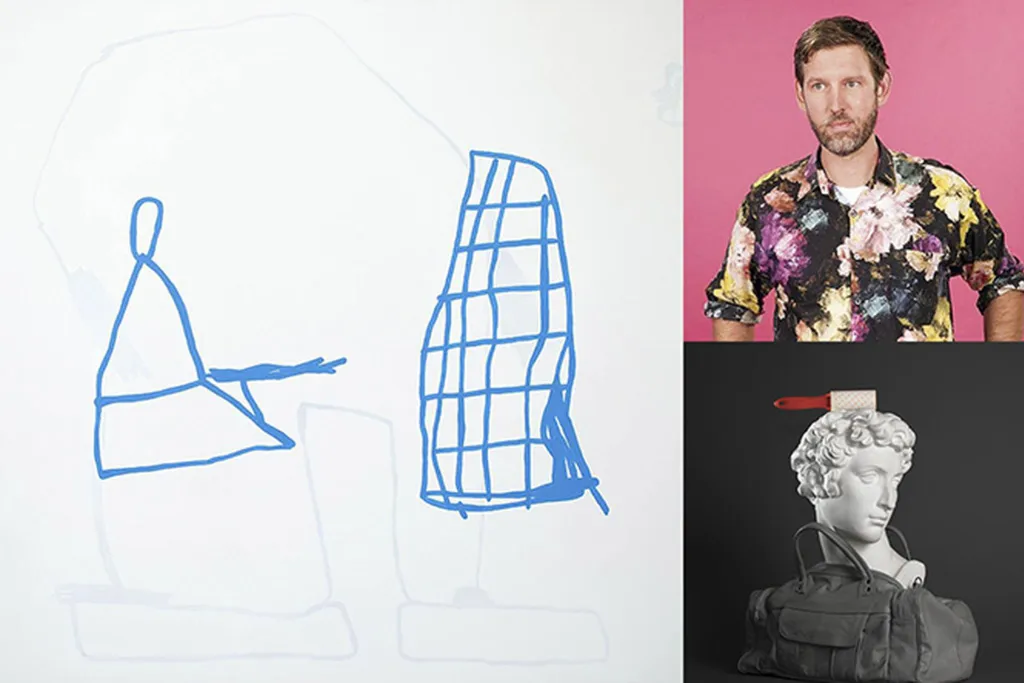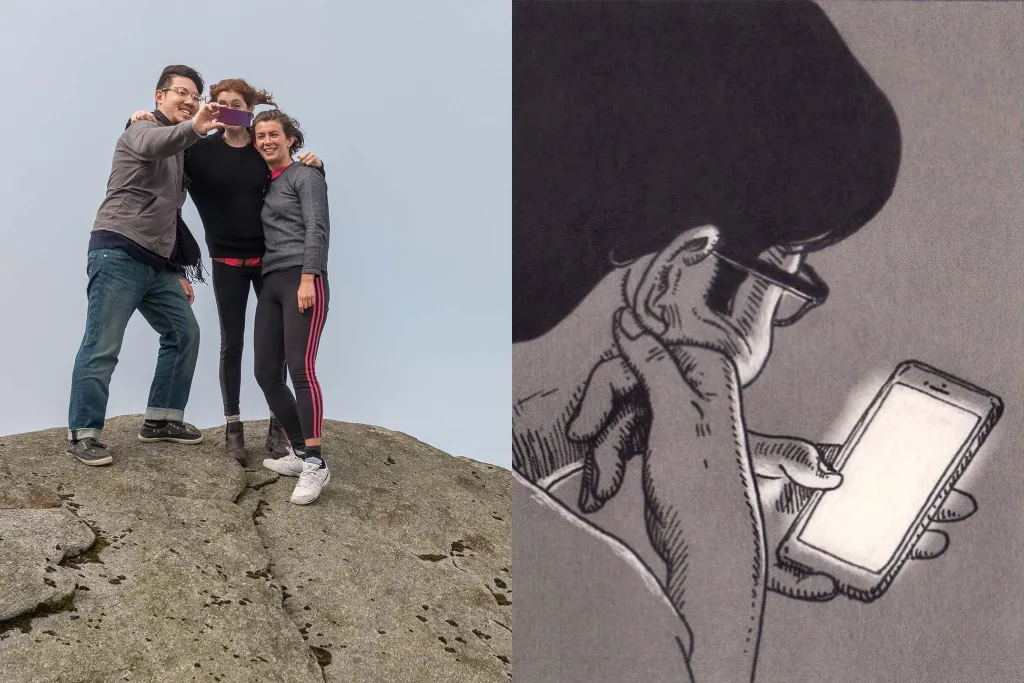Kate Strain

Kate Strain is the Artistic Director of Grazer Kunstverein. Based between Graz, Austria and Dublin, her ongoing curatorial projects include Department of Ultimology, a new department established with Fiona Hallinanin in 2016 at Trinity College Dublin and RGKSKSRG, the paired curatorial practice of Rachael Gilbourne and Kate Strain.
We were fortunate to work with Kate on two projects. The first, I like to eat with my hands, took place in 2015 under the collaborative practice RGKSKSRG. The second, The Centre For Dying On Stage #3, took place in 2016 with the support of The Arts Council‘s Curator in Residence scheme. Kate generously took some time out of her hectic schedule to answer a few of our questions.
CHS: Almost two years after our initial meeting you recounted a story about visiting Cow House unannounced to check out the studio. At the time, what were you looking for? What did you find?
KS: That day I was travelling by car with my father to Wexford. I can’t remember what we were doing but whatever it was brought us down the M11 just past the turnoff for Cow House. As we passed by I told my dad I would be working on a project not far from that spot. While he would be naturally interested in what I do for a living, he’s sometimes baffled at the institutional frameworks that often surround the work of a curator. Galleries, museums and theatres are not his recreational centres of choice, so I was proud to let him know that I would be doing a project in the countryside, in a converted barn, on a working farm. I thought he would appreciate that context, and so seeing as we were ‘in the vicinity’ we decided to drive by. It took us quite a while to actually reach Cow House, unfamiliar as we were with the winding roads and small boreens that pave the way. When we eventually arrived we were too shy or embarrassed to call in unannounced, so decided just to drive in and out, like lost people making an illicit U-turn on someone’s front lawn. Even just based on our two minutes of poorly conceived reconnaissance, all contained in a slow 3-point turn to the rear of the barn, my Dad loved the place. We saw the fields, the driveway, the split level yard, the cowshed, the farmhouse, the barn, the woods. To me, it was dreamy, to my father, familiar and impressive. The interior and what was to come lay just ahead, full of unimaginable potential.
CHS: In many ways, collaboration shapes your practice. Your first residency with us was co-curated with Rachael Gilbourne as part of RGKSKSRG, you are currently working with Fiona Hallinan on the ongoing project The Department of Ultimology and in your curatorial process, you work closely with artists to find compelling new ways to present their work. Do these collaborations give you a certain license to operate outside yourself? How do you manage the challenges of working so closely with others on creative projects?
KS: Collaboration feels like a natural way of operating for me. Ideas are better when you can share them and bounce them around in someone else’s brain. Likewise, it’s important to have someone to challenge and provoke and critique your way of seeing things. Two heads, as they say. As a curator, I am constantly working in collaboration with artists when I show their work or commission new projects or engage with their practice on whatever level. Likewise, I am collaborating with audiences when I attempt to mediate ideas or articulate questions. Close curatorial collaborations like RGKSKSRG and Department of Ultimology have each established their own very particular modes and methodologies. We are generally careful with things like distribution of labour, understanding roles and the sharing of responsibilities, and of course as with any collaborative endeavour, the backbone is always trust. In general, I try as much as possible to consolidate projects and collapse ways of thinking, to see everything as part of some broad holistic and evolving whole practice. I find that compartmentalising too much gets me tangled up in administration, and I’m more interested in ideas.
CHS: You are currently the artistic director at Grazer Kunstverein. Can you tell us about the unique structure of this arts organisation? What projects are you currently working on?
KS: Grazer Kunstverein is a non-profit, members based, contemporary arts organisation located in Graz, Austria. I’ve been artistic director here since September 2016, working with a small but brilliant team to produce and present exciting contemporary art in close collaboration with artists from all over the world. We operate a seasonal programme of exhibitions, events, new commissions and research projects, with four major openings each year. Currently, we are exhibiting our Spring 2019 programme, working with Berlin-based filmmaker Sylvia Schedelbauer, and Washington DC-based duo of art historians Triple Candie (Shelly Bancroft and Peter Nesbett). The season is comprised of two separate exhibitions that overlap physically – when the lights are on (during the first half of every day), visitors see Triple Candie’s exhibition, comprised of a series of discrete architectural and institutional interventions, based on Triple Candie’s interpretation of the methodologies of the legendary American conceptual artist, Michael Asher. Then when the lights are off (during the second half of the day) Sylvia Schedelbauer’s large-scale immersive video projections fill the space. This marks Schedelbauer’s first institutional exhibition in Austria, and the first time she is showing her filmic work in a gallery context. We are delighted to be presenting her complete body of work, 2004–2018. While the two exhibitions overlap spatially, they are totally different from one another. However, both share a tendency to inhabit or embody through fiction – whether that relates to found footage (in the case of Schedelbauer) or the tenets of an artistic practice (in the case of Triple Candie). Ideas around fiction and performativity still drive my work here, and our forthcoming Summer Season delves further into these fields.
CHS: What are your most vivid memories of your time here at Cow House? How did the experience inform you as a curator?
KS: I will always remember; the sunny mornings with George who’d stroll up to my window to admire himself in the reflection as I was getting dressed; the autumn evening we were surprised with a visit from Marjorie Potiron’s entire family who came all the way from France to see her performance as part of The Centre For Dying On Stage production at Wexford Arts Centre; Frank and Caitriona’s consistently incredible cooking, throughout, but especially during the How to Flatten a Mountain residency; witnessing multiple generations of a family live together and share lives and daily patterns with guests and visitors, and feeling a special pleasure in watching the children grow over time into kind and intelligent little humans with a curiosity for all things, a love of people, and an enviable gift for drawing jellyfish.
In addition, I will never forget jumping in the pond during the I like to eat with my hands residency (co-curated by RGKSKSRG), with the wonderful Rachael Gilbourne who promised she’d save me if I sank and who to this day I’d trust with my life. And finally one of my most enduring memories from Cow House, was a bleak November morning in 2016, waking up to find that Donald Trump had been elected President of the United States. Being in the company of two Americans was especially poignant. As we wept in disbelief over coffee, Cow House very quickly began to feel like the place you end up with all the other lucky survivors in the worst case scenario of every apocalypse movie. It’s a melancholic memory, but at the same time, at least now I know where I’d like to be when the end of the world comes.


